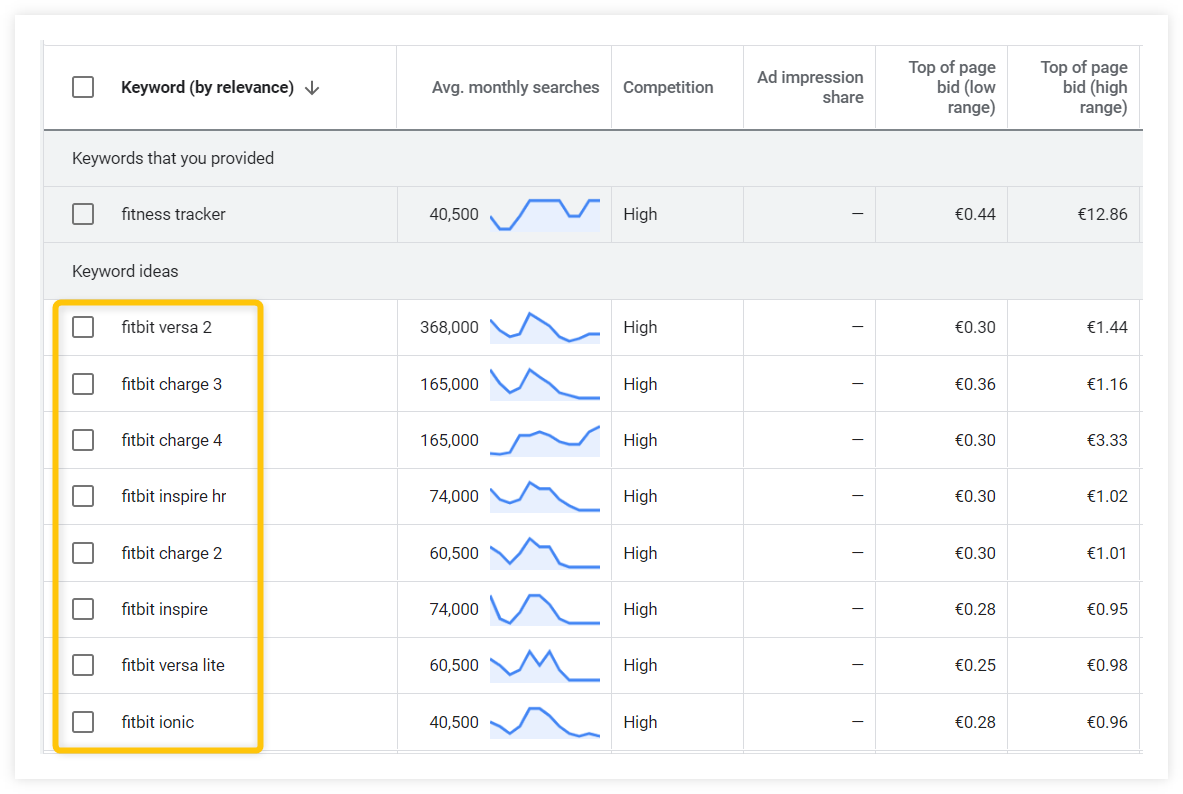The Importance of a Good Loping Horse

Loping is a smooth, controlled three-beat gait that is essential for many equestrian disciplines, especially Western riding. A good loping horse not only enhances the rider’s experience but also contributes significantly to performance, safety, and overall enjoyment. This article explores why having a quality loping horse matters and what characteristics define one.
What is Loping?
Loping is a relaxed, rhythmic gait that is faster than a trot but slower than a gallop. It is often described as a “controlled canter” and is fundamental in Western riding styles such as reining, cutting, and trail riding.
| Gait | Description | Speed Range (mph) |
|---|---|---|
| Walk | Four-beat, slow and steady | 3-4 |
| Trot | Two-beat, moderate speed | 8-12 |
| Lope | Three-beat, smooth and controlled | 10-15 |
| Gallop | Four-beat, fast and powerful | 25-30 |
Why is a Good Loping Horse Important?
1. Smooth Ride Experience
A good loping horse provides a smooth, balanced gait that reduces rider fatigue and discomfort. This is crucial for long rides and competitions where endurance and comfort are key.
2. Safety
A horse that lopes well is predictable and responsive, which enhances rider safety. Sudden changes in gait or pace can be dangerous, so a reliable lope helps maintain control.
3. Performance
In competitive events, a good lope can make the difference between winning and losing. Judges look for rhythm, cadence, and smooth transitions, all of which depend on the horse’s ability to lope correctly.
4. Versatility
A horse with a good lope can adapt to various terrains and riding styles, making it suitable for trail riding, ranch work, and show events.
Characteristics of a Good Loping Horse
- Balanced Movement: The horse should maintain an even rhythm without rushing or dragging.
- Relaxed Posture: Tension in the horse can disrupt the smoothness of the lope.
- Responsiveness: Quick and clear responses to rider cues ensure better control.
- Endurance: Ability to maintain the gait over long distances without fatigue.
- Conformation: Physical build that supports efficient movement and reduces injury risk.
Tips for Developing a Good Lope
- Consistent Training: Regular practice helps the horse develop muscle memory and balance.
- Proper Conditioning: Fitness routines improve stamina and gait quality.
- Rider Skill: A balanced and skilled rider can influence the horse’s gait positively.
- Use of Aids: Proper use of reins, legs, and seat to cue the horse effectively.
FAQ
Q: Can any horse learn to lope well?
A: While most horses can learn to lope, natural ability and conformation play significant roles in how well they perform this gait.
Q: How can I tell if my horse has a good lope?
A: Look for a smooth, rhythmic three-beat gait with minimal head bobbing and consistent speed.
Q: Is loping suitable for beginners?
A: Yes, but it requires a calm, well-trained horse and an experienced instructor to ensure safety.
In conclusion, a good loping horse is invaluable for riders seeking comfort, safety, and performance. Understanding the qualities that make a horse excel at loping can help riders choose and train their horses more effectively.
